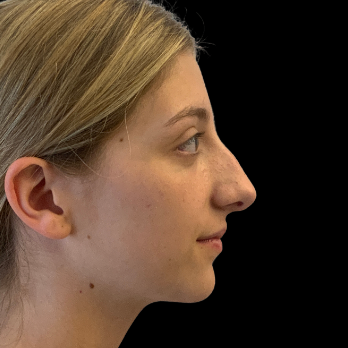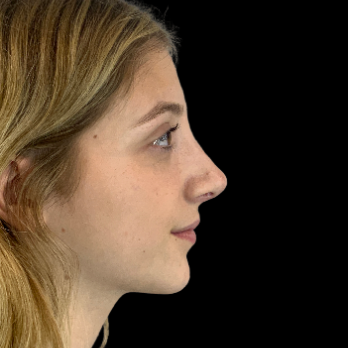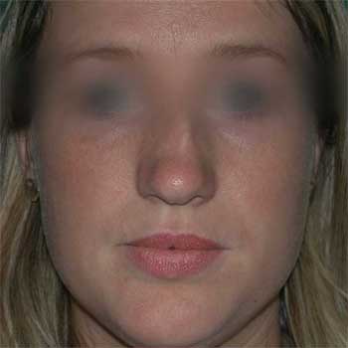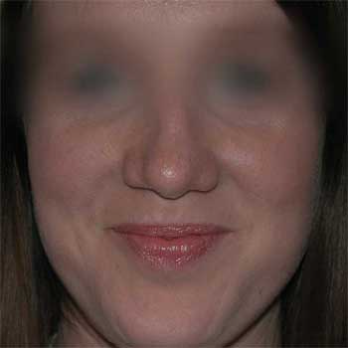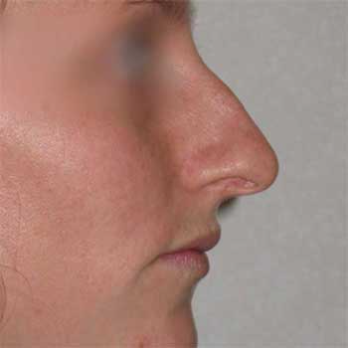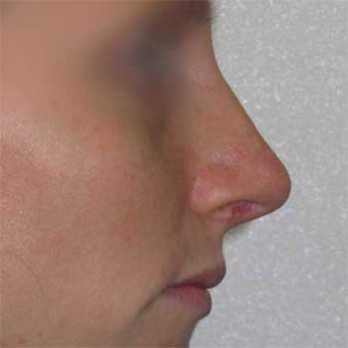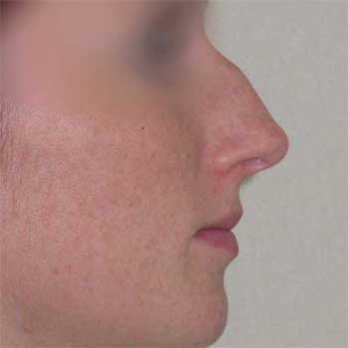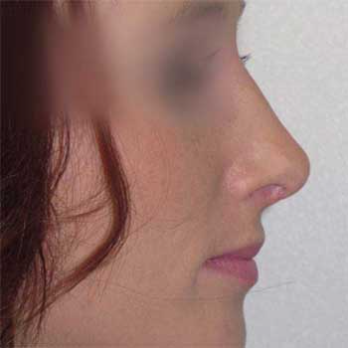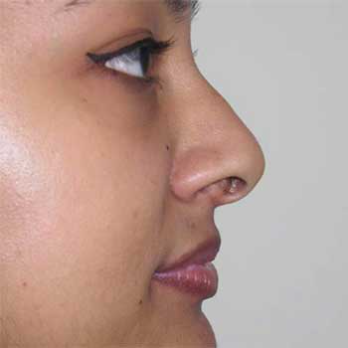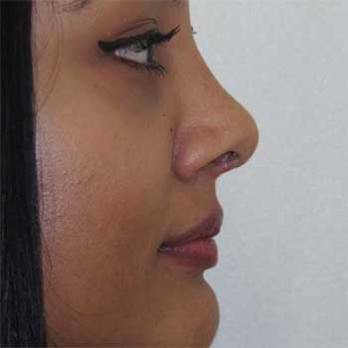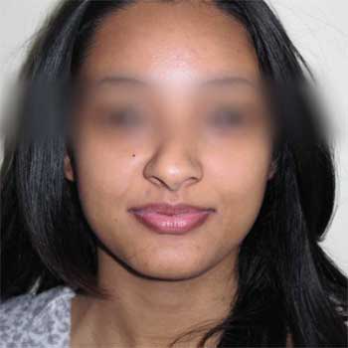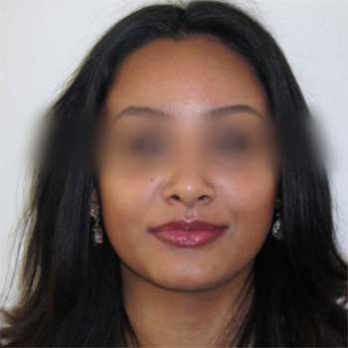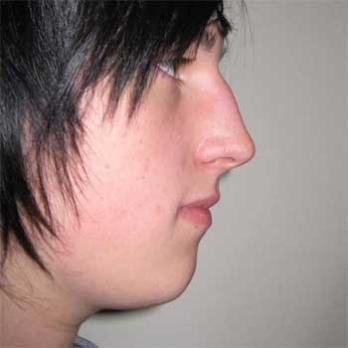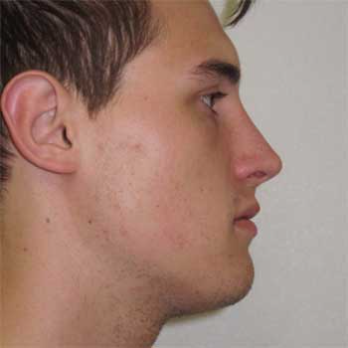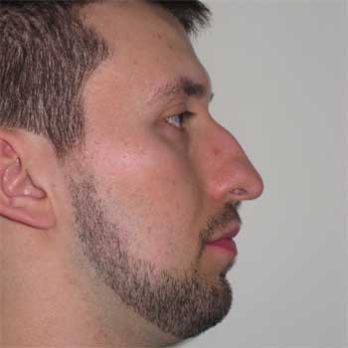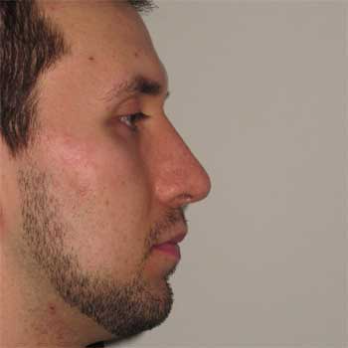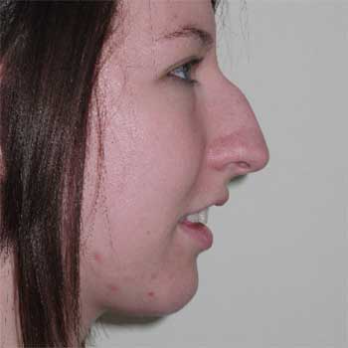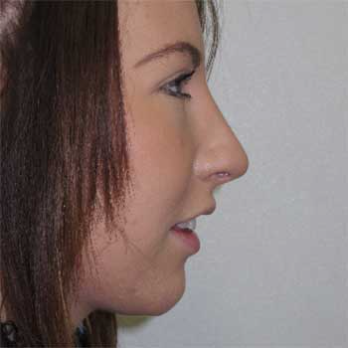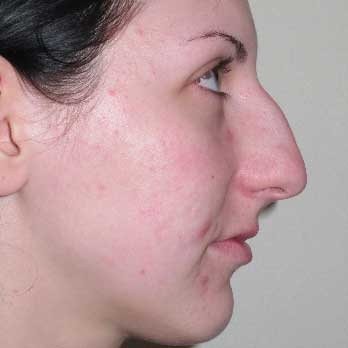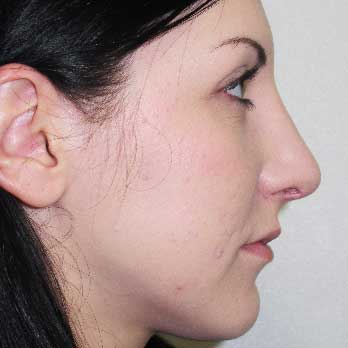
Rhinoplasty - (Nose surgery)
Rhinoplasty surgery is the medical term used to describe nose surgery or a 'nose job', a procedure usually performed to enhance nasal shape. It is one of the most popular cosmetic procedures performed in the UK every year and Mr Chana is one of the country's leading London based Rhinoplasty plastic surgeon specialists utilising the latest techniques including ultrasonic rhinoplasty and preservation rhinoplasty. Mr Chana was one of the first surgeons to use Ultrasonic rhinoplasty techniques in the UK and has a vast experience with these new technologies which benefit patients considering rhinoplasty.
Mr Chana in the Daily Telegraph
The Rhinoplasty surgery procedure
There are different techniques used in Rhinoplasty surgery. These are known as a closed Rhinoplasty approach or an open Rhinoplasty approach . They are all carried out under general anaesthetic. The latest techniques for bone reshaping use the ultrasonic rhinoplasty method which utilises a device called a piezotome. This avoids the use of hammers and chisels, reducing the trauma to the nose and therefore patients have an enhanced healing with much less bruising. Another modern form of rhinoplasty involves a method called preservation rhinoplasty. This is the concept of reshaping and preserving important structural elements rather than removal. Such preservation techniques have advantages since they help with the long term stability of the nose,
In a closed Rhinoplasty surgery, the surgical incisions are made inside the nostrils so that there are no visible external scars. However, whilst a visible scar is prevented, there are considerable surgical challenges to this type of procedure as access into the nose is limited and a great deal of experience and skill is required by the surgeon.
An open Rhinoplasty surgery employs a small bridging incision across the columella (the column of skin between the nostrils), which allows the nasal skin to be folded up (a bit like a car bonnet) so that access inside the nose is uninhibited.
Following surgery surgical tapes and/or a small plaster cast are required for about a week to support and protect the nose, especially if the surgery has involved bones while they set into their new position. Small dissolvable stitches are used inside the nose during a Rhinoplasty procedure . You may also have stiches on the outside, which are normally removed within a week.
Reshaping the tip of the nose is achieved by cartilages underneath the skin and these are adjusted to refine the nose so that it matches the new profile. Sometimes it is necessary to implant tissue, called 'a graft', into the nose to obtain the desired result. The tissue may be obtained from the nose itself, from the cartilage of the ear or occasionally from a rib.
The recovery following Rhinoplasty surgery
In most cases, Rhinoplasty surgery involves an overnight stay in hospital. The following morning you will be assessed and the nasal packs (if used) will be removed. All being well, you should be able to go home. Most patients will take two weeks off work for recovery.
The risks associated with Rhinoplasty surgery
Is Rhinoplasty surgery right for me?
How do I choose he best Rhinoplasty surgeon?
What results can I expect with Rhinoplasty surgery?
What makes an attractive nose?
What is the difference between closed and open Rhinoplasty proocedures?
Is Rhinoplasty painful?
What is the minimum age for a Rhinoplasty?
What is the recovery after Rhinoplasty?
fff
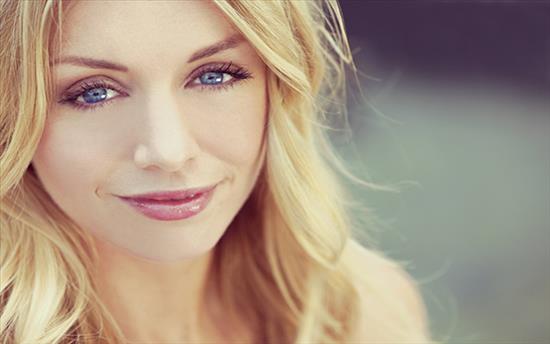
|
|
How to choose the best Revision Rhinoplasty surgeon
> See article
|
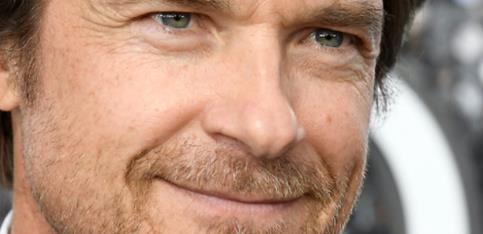
|
|
what is a bifid nasal tip ?
> See article
|
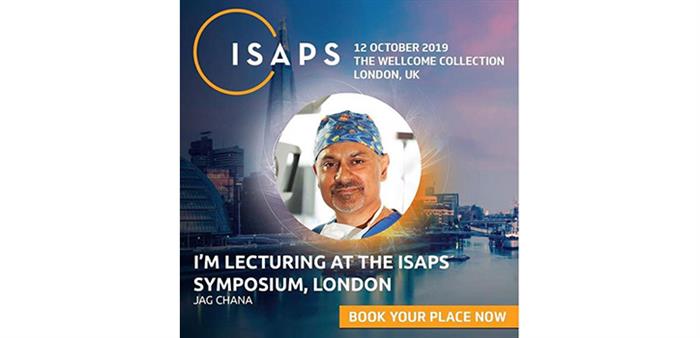
|
|
Jag Chana lecturing at the London ISAPS Rhinoplasty conference 2019
> See article
|

|
|
Asian Rhinoplasty Expert in London
> See article
|
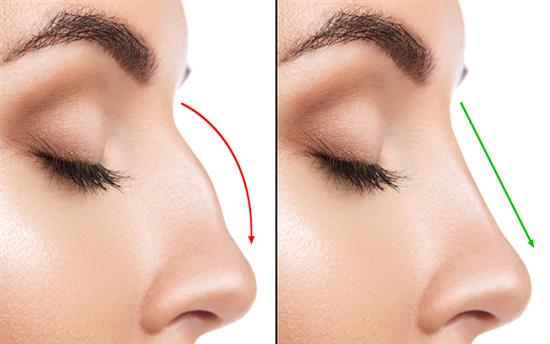
|
|
Septorhinoplasty to correct the deviated septum
> See article
|
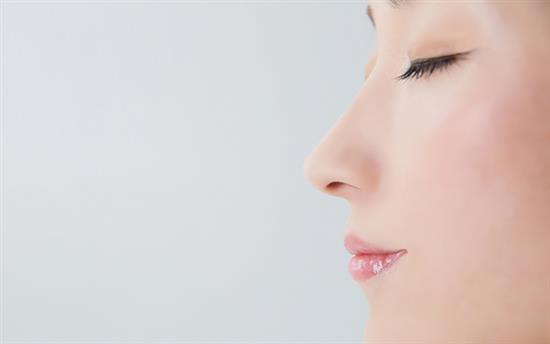
|
|
Ethnic cosmetic surgery and softening the features
> See article
|
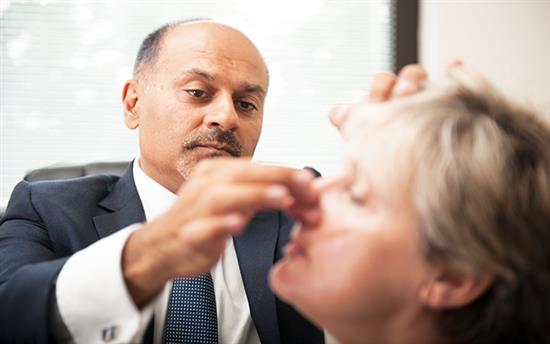
|
|
Rhinoplasty Q&A’s with Dr Jag Chana
> See article
|
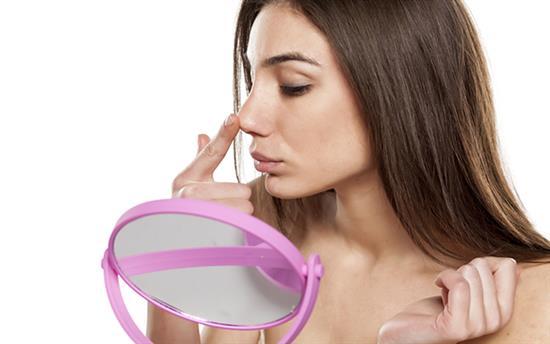
|
|
Why is rhinoplasty a popular request?
> See article
|

|
|
Restylane Rhinoplasty
> See article
|

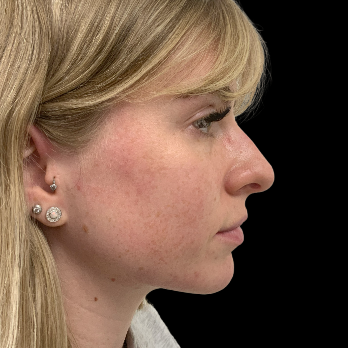
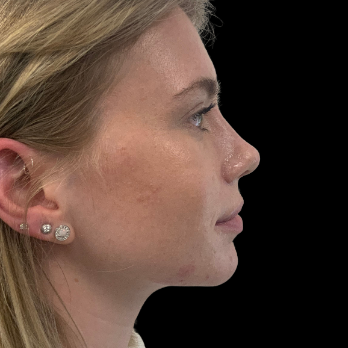
a.jpg)
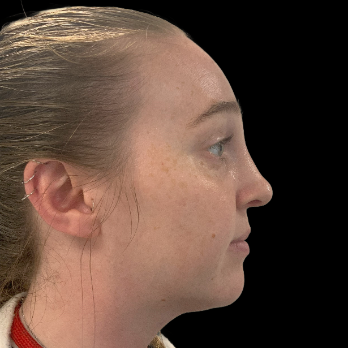
a.jpg)
b.jpg)
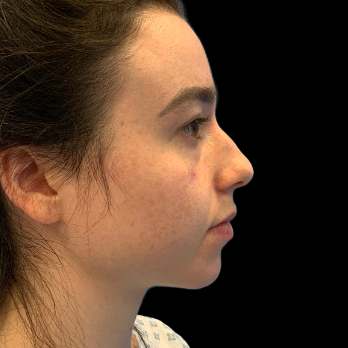
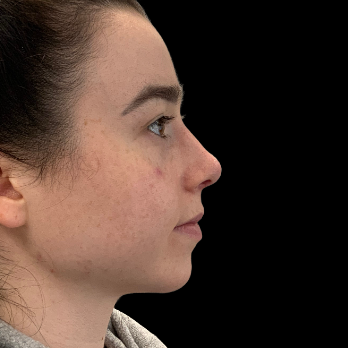
1.jpg)
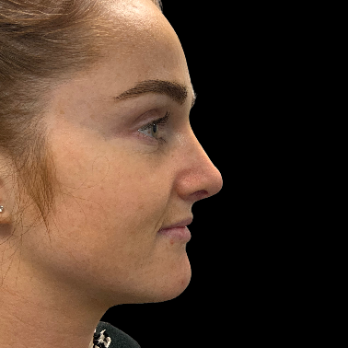
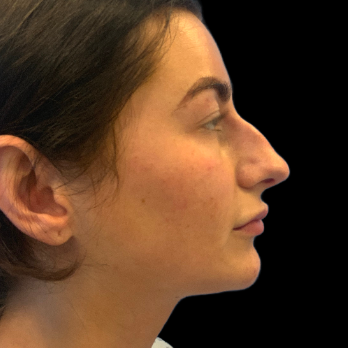
insta.jpg)
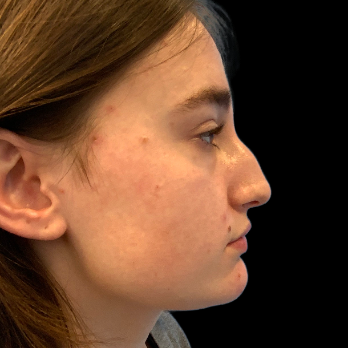
1.jpg)
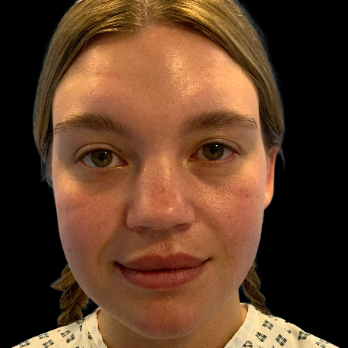
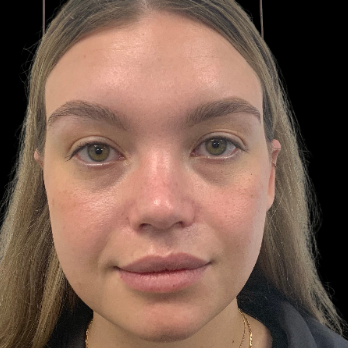
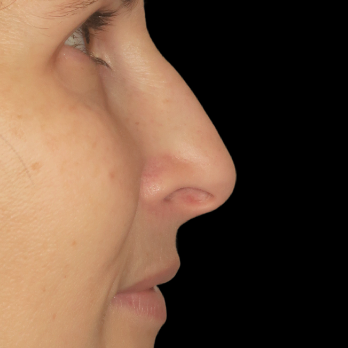
.jpg)
insta.jpg)
insta.jpg)
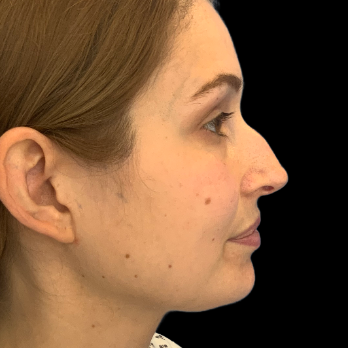
.png)
